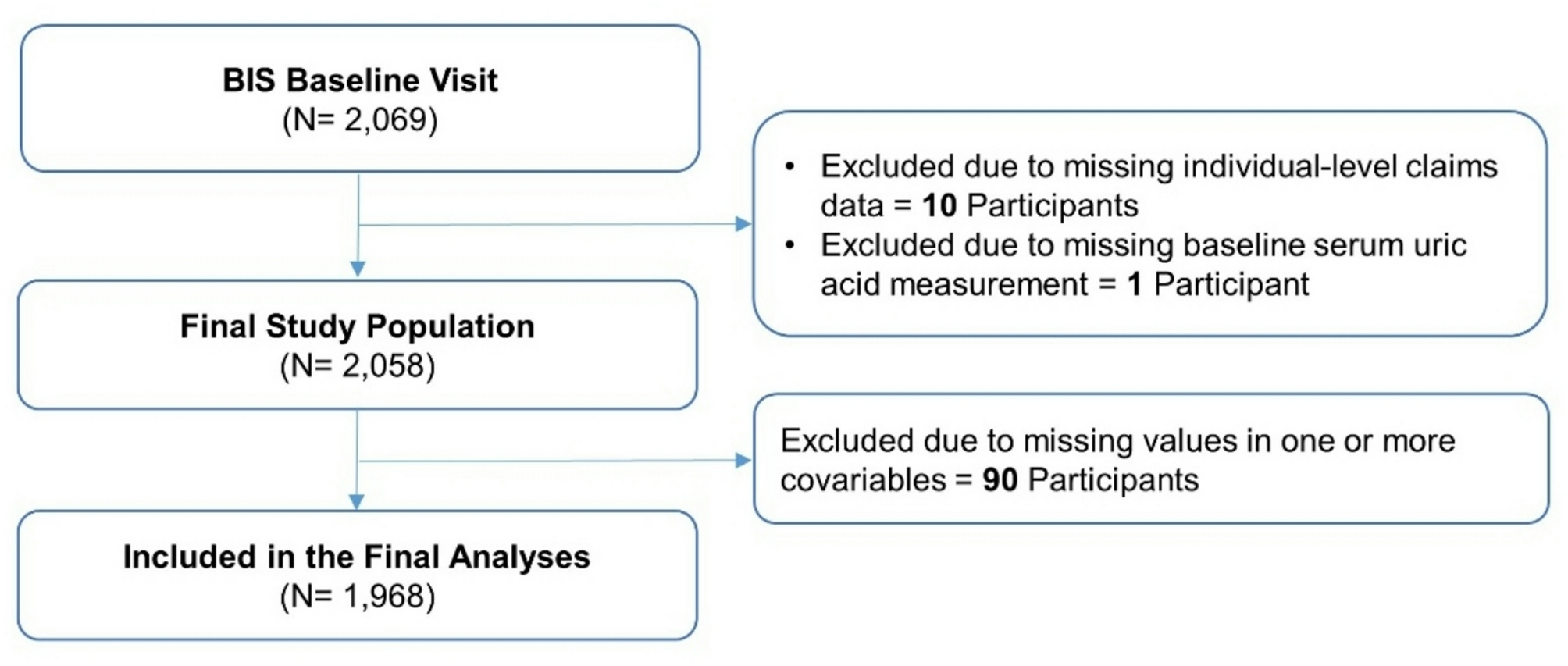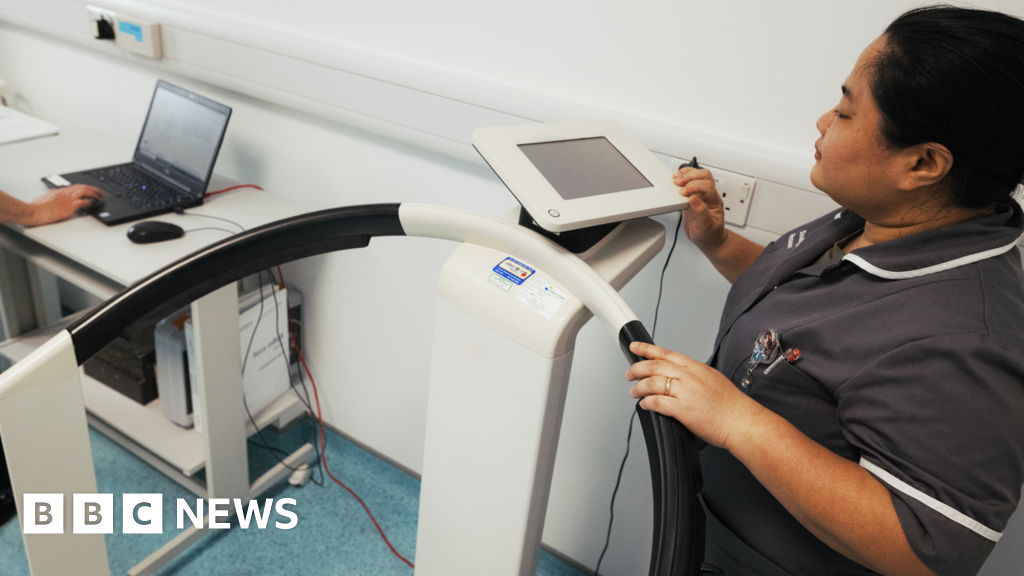The Glasgow-based firm has partnered with Advance Tests to market the first commercially available, blood biomarker test for the detection of early Alzheimer’s in Scotland.
Glasgow-based NeuroClin has partnered with diagnostic testing…

Glasgow-based NeuroClin has partnered with diagnostic testing…

We used data from the Berlin Initiative Study (BIS), a population-based cohort study that was initiated in 2009 to prospectively assess chronic kidney disease (CKD) among 2,069 community-dwelling older adults. Inclusion…

A university has been awarded £1.2m to carry out pioneering research into how body composition could improve breast cancer treatments.
The University of Southampton will partner with eight NHS trusts on the programme, paid for by The World Cancer…

Alex OsborneChannel Islands and
Julia GregoryChannel Islands
 John Fernandez/BBC
John Fernandez/BBCThe Government must look at increasing taxes to support the health service…


In a compelling Genomic Press Interview published today in Genomic Psychiatry, Dr. Najaf Amin unveils transformative insights that fundamentally reshape international understanding of depression genetics. The Oxford University…

Even a small increase in body weight can quietly affect your health, placing strain on critical organs over time. Excess fat, particularly visceral fat around the abdomen, is closely linked to type 2 diabetes, heart disease, liver damage,…
This request seems a bit unusual, so we need to confirm that you’re human. Please press and hold the button until it turns completely green. Thank you for your cooperation!